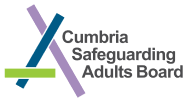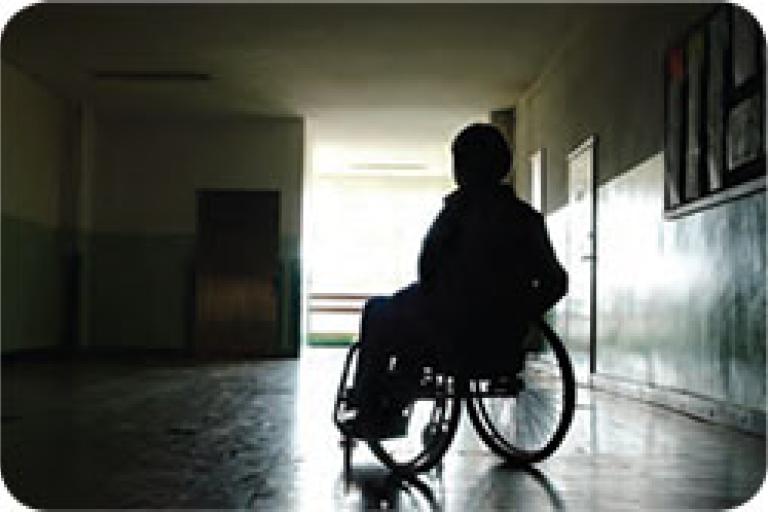Physical abuse: It could be being hit, smacked or restrained against their will. It might not be the physical act it could just be the threat of that. It can also include where people are using chemicals to force people into situations. It is anything that forcing somebody using external pressure on them.
Possible indicators of physical abuse:
- No explanation for injuries or inconsistency with the account of what happened.
- Injuries are inconsistent with the person's lifestyle.
- Bruising, cuts, welts, burns and/or marks on the body or loss of hair in clumps.
- Frequent injuries.
- Unexplained falls.
- Subdued or changed behaviour in the presence of a particular person.
- Signs of malnutrition.
- Failure to seek medical treatment or frequent changes of GP.

